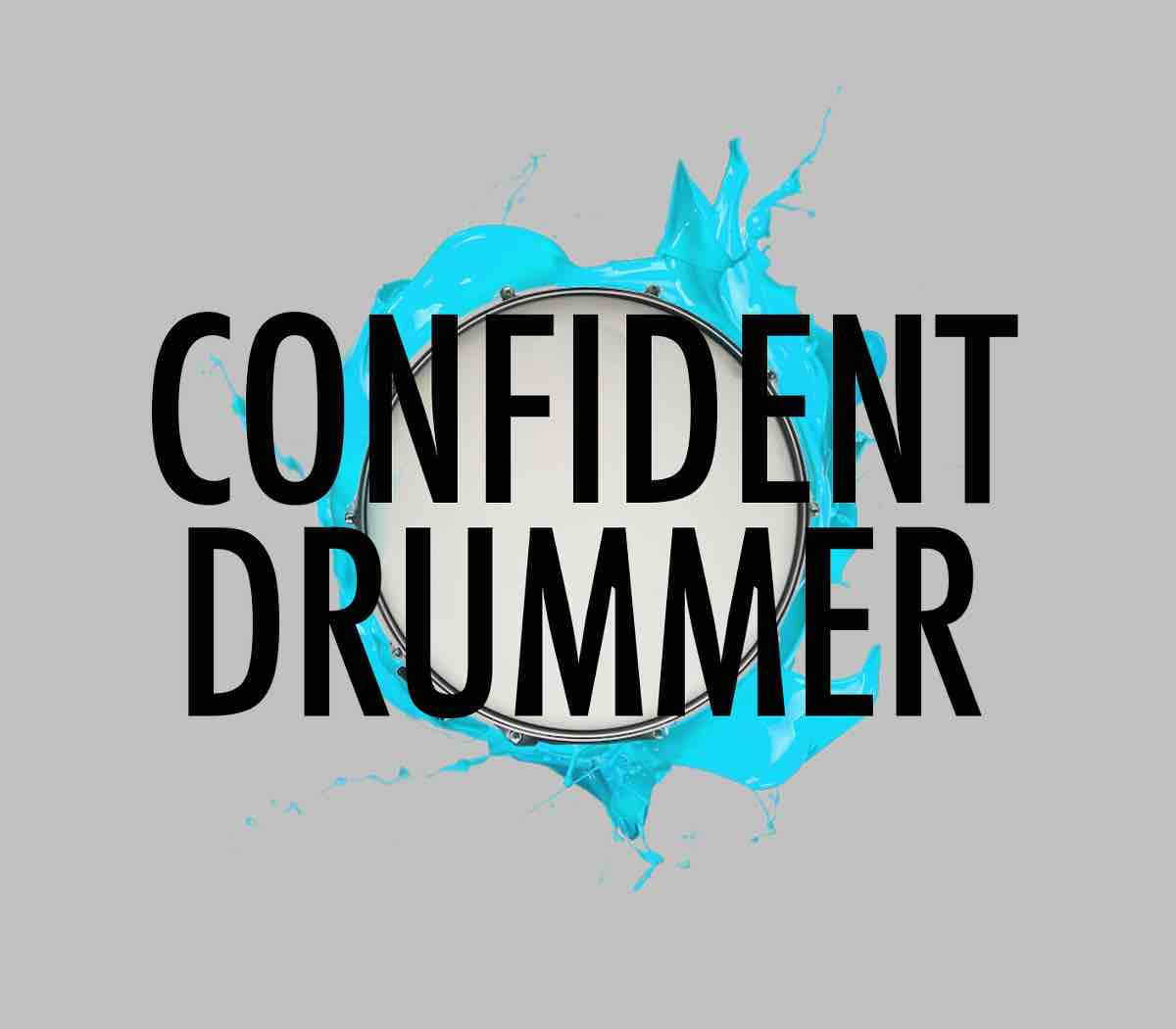With the advancement of digital music production electronic drumming has grown in popularity and has begun to offer drummers a vast array of creative possibilities and sonic explorations.
This has led drummers to integrate electronic pads and triggers into their setup, enabling them to add elements such as synthesized percussion sounds, vocal samples, or ambient textures, into their playing.
Also in many instances today the drummer is required to play live drum parts that were originally programmed and electronic.
As a result a very common solution for modern drummers is the hybrid Drum Set, where the drummer plays both an acoustic and an electronic Kit with pads or triggers, blending the two worlds together in a mixed setup.
The choice of pads, triggers, trigger modules, digital percussions and sample pads is out of this world, and can satisfy even the most demanding musician.
We are not going to discuss the options available, since it’s not the objective of this lesson.
What we want to accomplish here is learning how to achieve technical command over any hybrid kit we may build, by working on exercises designed to help us become comfortable no matter what the setup.
The reason is that seamlessly switching between traditional drums and electronic devices requires extreme versatility and flexibility.
Here are the three areas to work on:
- Studying drum technique on electronic pads.
- Studying grooves and rhythms incorporating pads and electronic devices.
- Playing songs and arrangements that utilize hybrid Drum Kits.
First off, from a technical standpoint it’s important to practice rudiments and Snare Drum exercises on each different electronic pad, so as to get used to the specific response and rebound.
The same goes for Bass Drum exercises, to be performed on trigger pedals.
As a matter of fact, in spite of being performed on plastic pads, electronic drumming allows for precise control of dynamics and subtleties.
Many electronic Drum Kits and modules offer built-in features that enable drummers to adjust the sensitivity and responsiveness of each pad, thus allowing for expressive playing and dynamic range.
This level of control is very useful, but requires the drummer to adjust to the response of different pads, which is quite different from the natural rebound of a drumhead.
We can work on any of Snare Drum materials, like the free resources ‘Hands & Mechanics – Altitude Drumming Volume 2‘, ‘Musical Rudiments Workout – 2 Snare Drum Solos‘ and ‘Increasing Dynamic Control – Snare Drum & Grooves‘.
As far as beats go, in playing a hybrid Drum Set there are two other main challenges: effortlessly moving back and forth between acoustic and electronic drums, and playing rhythms that involve both acoustic and electronic sounds simultaneously.
The exercises we are going to work on are devised exactly to address these two situations, with beats that combine for example acoustic Hi-Hats with electronic Snare Drums, or an electronic Bass Drum with acoustic Snare and Hi-Hat, in progressions that involve seamless transitions between various combinations.
The grooves in the progressions can initially be practiced individually, to get used to each hybrid solution.
The other transcribed examples are to be practiced initially on both a fully acoustic and fully electronic Drum Set. Then we can experiment creating our own hybrid variations.
Here is the free and printable booklet with grooves, exercises and song transcriptions:
And here is the YouTube demo where I play all examples. Besides my Tama Starclassic I use the amazing Nord Drum 3P Percussion Synthesizer, with six pads and a trigger pedal. This is a very simple hybrid setup, which works for my needs.
It’s also useful to practice additional grooves and fills in various styles, since electronic sounds in modern contexts can be used in any genre.
Then, as it’s always the case, the best way to test the newly acquired skills is to learn a song and apply them to making music.
Especially in this context, because of the uniqueness of each hybrid kit, it’s crucial to check the level of relaxation and effortlessness we have reached in switching back and forth between the various acoustic and electronic parts.
The electronic track we are going to work on is a perfect environment to do this.
It’s a royalty free piece from the website Pixabay called ‘Chill Abstract’ by ‘Coma Media’ (big thanks!) and here are the links to download the drumless version (although there are numerous layers of programmed electronic drum sounds), both with and without the click:
- ‘Chill Abstract’ – Practice Track without the click.
- ‘Chill Abstract’ – Practice Track with the click.
It’s at 120 Bpm, with a straight feel.
As we can see in the chart, the entire piece consists of an 8 Bar theme, repeated through the song form with a gradual buildup that increasingly includes more sounds, more percussions, and more effects.
The only instructions to follow are about switching from acoustic to hybrid to electronic drums.
We can choose to interact with the programmed drum parts, or to play our own beats on top of them. It’s up to us deciding what beats to play, and of course we can arrange the piece by using the ones just learned.
We can also use the track to practice all the electronic beats shown before, in all acoustic/electronic/hybrid setups.
Lastly, it can be interesting to try to accommodate the changing dynamics, which go from p (soft) to f (loud).
By clicking on the chart you can watch the video with my take.
Related resources:
‘Essential Styles – Expanding Your Versatility On The Drums’
Discover Your Voice – Tips To Develop Your Unique Sound as a Drummer
In Session – How To Sound Great On Records – Free Excerpt



















